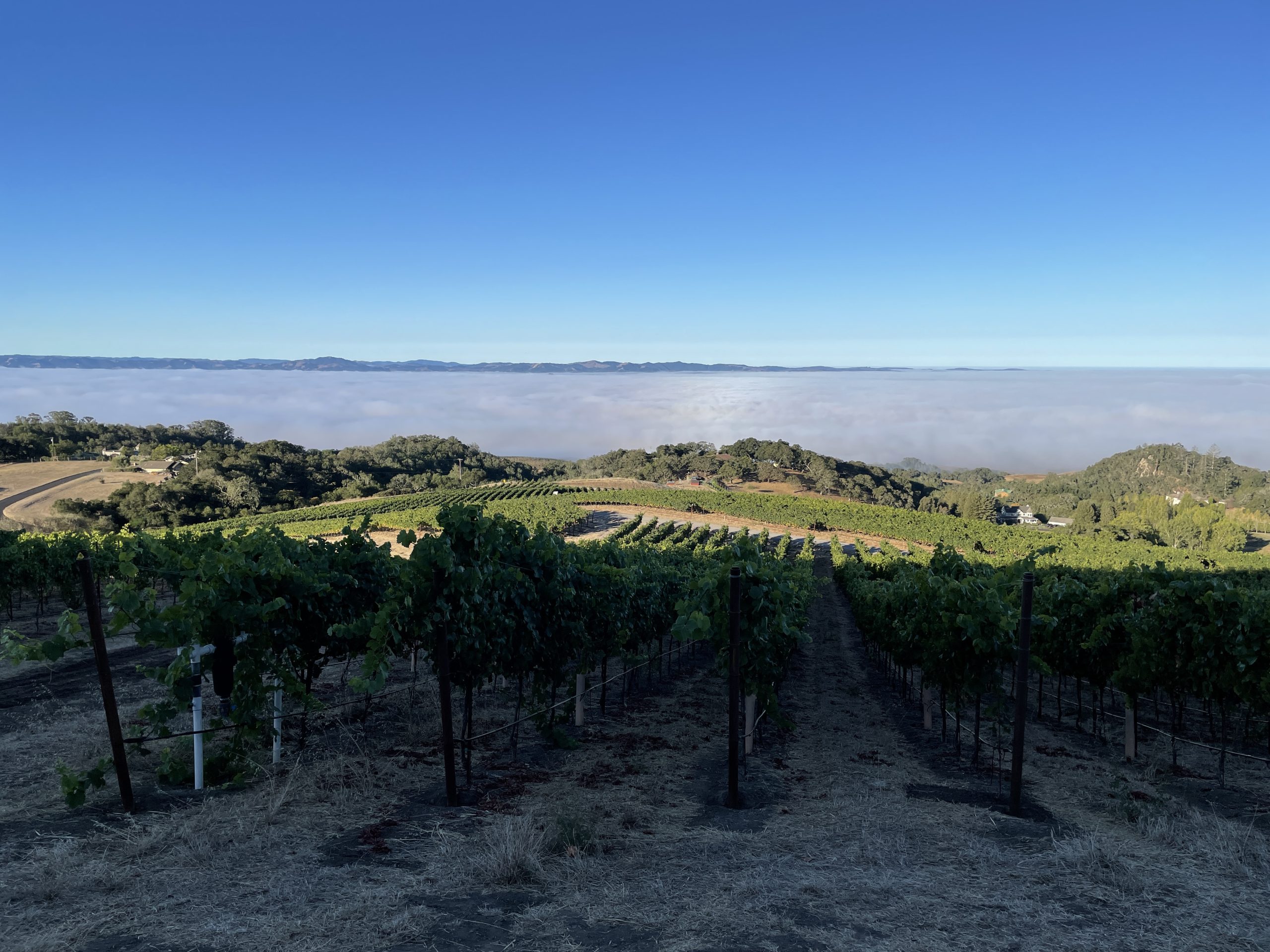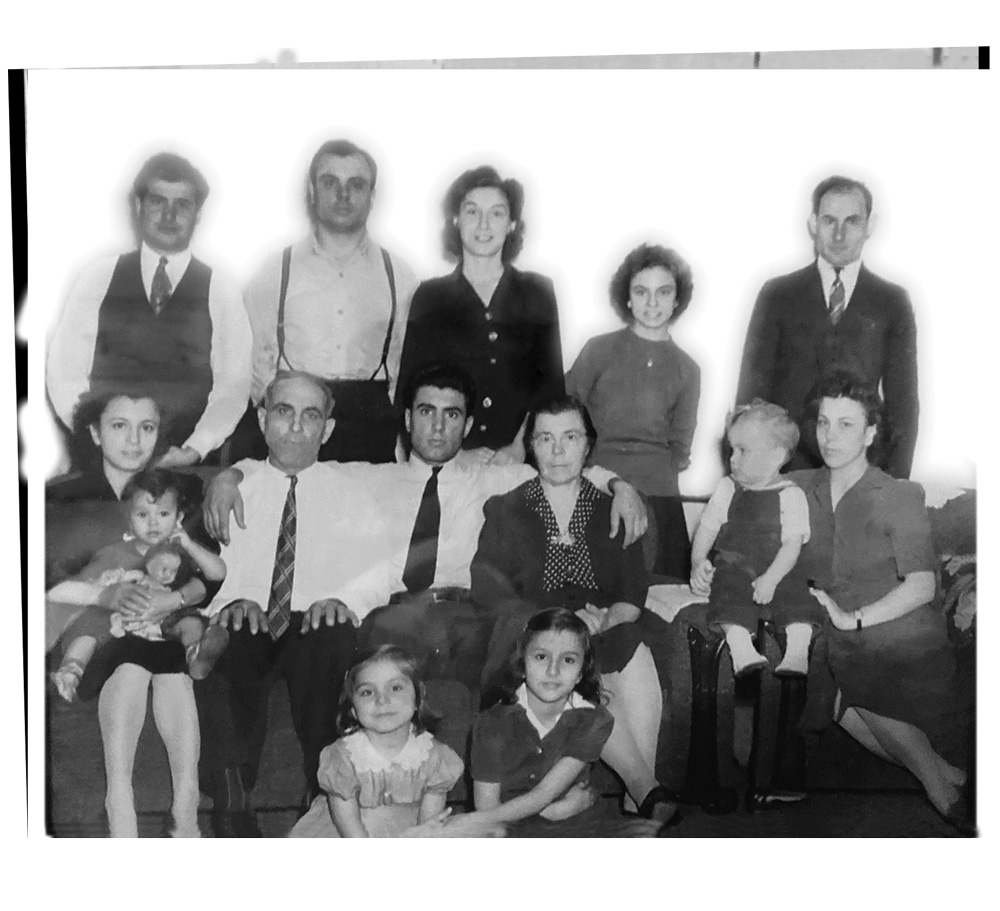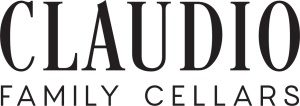

About Our Wines
Our winemaking style is to nurture the fruit through the fermentation processes in a manner that is as non-invasive as possible.
Picking the fruit, right at that point when the favors have developed, and the vines are biologically ready to be picked, allows for maximizing freshness and retention of natural acids.
In the cellar, the objective is lower alcohol levels, the fruit, acid and tannins being in balance, and moderate oak influence to finish and polish the finished wine.
Our desired end result is to produce wines that showcase the deliate, and nuanced, aromas and flavors unique to that specific fruit, for that specific vintage.
Therefore, wines from any given vineyard may vary across different vintages based on natural growing conditions, but the vinification and oak influence will remain consistent, enabling a deeper understanding of the expression of the fruit.
Emphasizing vibrancy, with moderate weight on the pallet, the Pinots see no more than 35% new oak, and the Bordeaux varietals are in the 50-60% range of new oak. Whites get more stainless percentage-wise, especially during primary fermentation, with less oak influence during aging than the reds.
Finally, organic yeasts, nutrients and malo cultures are used exclusively in the winery. Restrained extraction techniques, and the moderate barrel influence, all contribute to the freshness and natural mouthfeel of the finished wines.


History
After beginning a career in technology in 1984, my home winemaking education began with trips to update New York to learn from my cousin, Sammy Russo. Then in 1998 I purchased all the basic equipment required to make at least enough wine to fill and top a 59-gallon oak barrel. The career in tech and home winemaking transitioned to retirement from tech and professional winemaking in 2021.
The only logical next step was the move to make my wine in California, starting with the 2021 and 2022 vintages in Santa Rosa in Sonoma County, followed by the move to St. Helena in Napa Valley starting in 2023.

